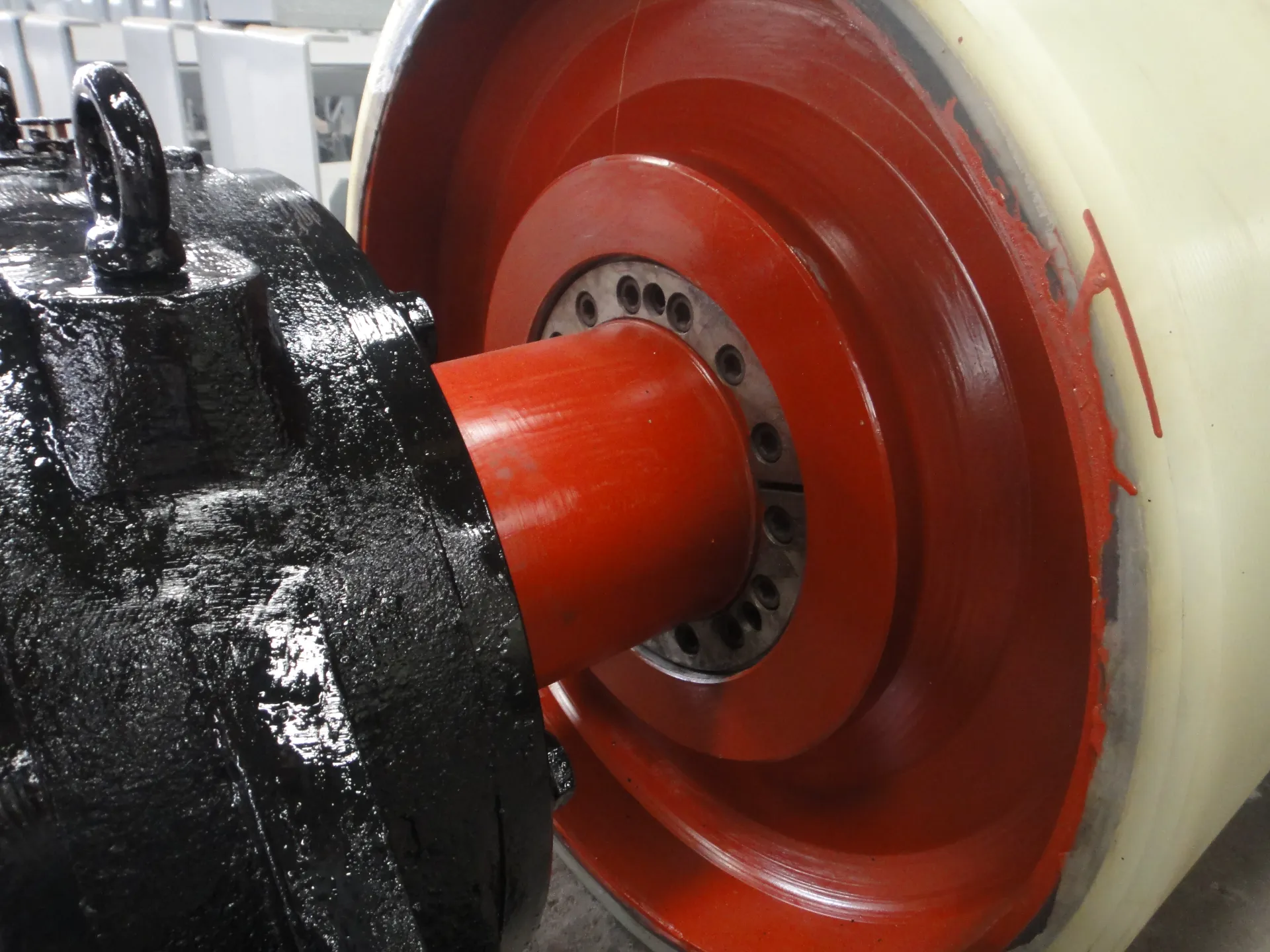 Afrikaans
Afrikaans  Albanian
Albanian  Amharic
Amharic  Arabic
Arabic  Armenian
Armenian  Azerbaijani
Azerbaijani  Basque
Basque  Belarusian
Belarusian  Bengali
Bengali  Bosnian
Bosnian  Bulgarian
Bulgarian  Catalan
Catalan  Cebuano
Cebuano  Corsican
Corsican  Croatian
Croatian  Czech
Czech  Danish
Danish  Dutch
Dutch  English
English  Esperanto
Esperanto  Estonian
Estonian  Finnish
Finnish  French
French  Frisian
Frisian  Galician
Galician  Georgian
Georgian  German
German  Greek
Greek  Gujarati
Gujarati  Haitian Creole
Haitian Creole  hausa
hausa  hawaiian
hawaiian  Hebrew
Hebrew  Hindi
Hindi  Miao
Miao  Hungarian
Hungarian  Icelandic
Icelandic  igbo
igbo  Indonesian
Indonesian  irish
irish  Italian
Italian  Japanese
Japanese  Javanese
Javanese  Kannada
Kannada  kazakh
kazakh  Khmer
Khmer  Rwandese
Rwandese  Korean
Korean  Kurdish
Kurdish  Kyrgyz
Kyrgyz  Lao
Lao  Latin
Latin  Latvian
Latvian  Lithuanian
Lithuanian  Luxembourgish
Luxembourgish  Macedonian
Macedonian  Malgashi
Malgashi  Malay
Malay  Malayalam
Malayalam  Maltese
Maltese  Maori
Maori  Marathi
Marathi  Mongolian
Mongolian  Myanmar
Myanmar  Nepali
Nepali  Norwegian
Norwegian  Norwegian
Norwegian  Occitan
Occitan  Pashto
Pashto  Persian
Persian  Polish
Polish  Portuguese
Portuguese  Punjabi
Punjabi  Romanian
Romanian  Russian
Russian  Samoan
Samoan  Scottish Gaelic
Scottish Gaelic  Serbian
Serbian  Sesotho
Sesotho  Shona
Shona  Sindhi
Sindhi  Sinhala
Sinhala  Slovak
Slovak  Slovenian
Slovenian  Somali
Somali  Spanish
Spanish  Sundanese
Sundanese  Swahili
Swahili  Swedish
Swedish  Tagalog
Tagalog  Tajik
Tajik  Tamil
Tamil  Tatar
Tatar  Telugu
Telugu  Thai
Thai  Turkish
Turkish  Turkmen
Turkmen  Ukrainian
Ukrainian  Urdu
Urdu  Uighur
Uighur  Uzbek
Uzbek  Vietnamese
Vietnamese  Welsh
Welsh  Bantu
Bantu  Yiddish
Yiddish  Yoruba
Yoruba  Zulu
Zulu lagging rubber
The Role of Lagging Rubber in Industrial Applications
Lagging rubber is a crucial material in various industrial applications, primarily known for its protective and anti-friction characteristics. This specialized rubber is often used in the mining, construction, and manufacturing industries, where heavy machinery operates under demanding conditions. Understanding the properties and advantages of lagging rubber can help industries enhance operational efficiency and safety.
One of the primary applications of lagging rubber is in the protection of conveyor belts. In industries that rely heavily on conveyor systems, such as mining and bulk material handling, the wear and tear on belts can lead to significant downtime and maintenance costs. Lagging rubber is applied to the pulleys and conveyor rollers, creating a tough surface that improves traction and reduces slippage. This increase in grip ensures a reliable transfer of materials, minimizing the risk of disruptions in the production process.
Furthermore, lagging rubber provides excellent resistance to abrasion and impacts. In environments where heavy materials are frequently transported, the conveyor components face continuous stress. The added layer of lagging rubber absorbs shocks, thereby prolonging the life of these components. This durability is particularly beneficial for industries working with harsh materials, as it reduces the need for frequent replacements and repairs, ultimately leading to cost savings.
Another significant advantage of lagging rubber is its ability to prevent wear on equipment
. In applications such as crushers and mills, the constant motion and pressure can lead to the degradation of machinery over time. By utilizing lagging rubber, companies can effectively shield their equipment, reducing maintenance needs and ensuring smoother operations. This protective measure is vital not only for extending machinery life but also for maintaining the overall efficiency of the production processes.lagging rubber

Moreover, lagging rubber is also utilized in the manufacturing of industrial clutches and brakes. The friction generated by these components is critical for their performance, and the right type of rubber can enhance this function. High-friction lagging rubber ensures that clutches engage and disengage smoothly while maintaining safety and control in operations. This capability is essential, especially in applications where precision is crucial, such as in automated systems or heavy-duty vehicles.
The customization of lagging rubber is another notable aspect. Different industries may require specific properties, such as varying thicknesses, surface textures, or resistance to particular chemicals. Manufacturers of lagging rubber can tailor products to meet these unique demands, ensuring that clients receive a solution that fits their exact operational needs. This level of customization contributes to the versatility of lagging rubber and its widespread use across different sectors.
It is also important to consider the environmental implications of lagging rubber. As industries become increasingly focused on sustainability, the choice of materials and manufacturing processes plays a significant role. Many manufacturers are now exploring eco-friendly options, such as using recycled rubber or developing biodegradable alternatives. By investing in sustainable lagging rubber solutions, industries can reduce their environmental footprint while maintaining the performance and reliability of their equipment.
In conclusion, lagging rubber is an indispensable material in various industrial settings due to its protective, durable, and customizable nature. By enhancing the performance and longevity of machinery, it helps companies save on maintenance costs and improve operational efficiency. As the industry continues to evolve, the advancement of lagging rubber technology and sustainability practices will further enhance its role in ensuring safe and reliable industrial operations. Whether in mining, manufacturing, or any other sector, the strategic use of lagging rubber will remain a key factor in optimizing performance and productivity.
-
Revolutionizing Conveyor Reliability with Advanced Rubber Lagging PulleysNewsJul.22,2025
-
Powering Precision and Durability with Expert Manufacturers of Conveyor ComponentsNewsJul.22,2025
-
Optimizing Conveyor Systems with Advanced Conveyor AccessoriesNewsJul.22,2025
-
Maximize Conveyor Efficiency with Quality Conveyor Idler PulleysNewsJul.22,2025
-
Future-Proof Your Conveyor System with High-Performance Polyurethane RollerNewsJul.22,2025
-
Driving Efficiency Forward with Quality Idlers and RollersNewsJul.22,2025





























